
Origin/Endemic status: Endemic
Taxonomy Comments: A related species, C. opaca Hooker & Arnott, occurs west of the range of C. aestivalis, in similar habitats. Plants with copious growth of reddish pubescence on the leaf undersides are included under C. ×rufula. See Phipps (1988) for extensive additional discussion of C. aestivalis and relatives.
Other Comments: The fruits of this and the other two species of "mayhaw" (C. opaca, C. rufula) are traditionally gathered for preserves, pies, and jelly.
Synonymy: = FNA9, K1, RAB, Lance (2014), Phipps (1988a); < Crataegus aestivalis (Walter) Torr. & A.Gray – K3, S
Wetland Indicator Status:
- Atlantic and Gulf Coastal Plain: OBL (taxonomic split from wetland indicator species)
Heliophily: 3
Hover over a shape, letter, icon, or arrow on the map for definition or see the legend.
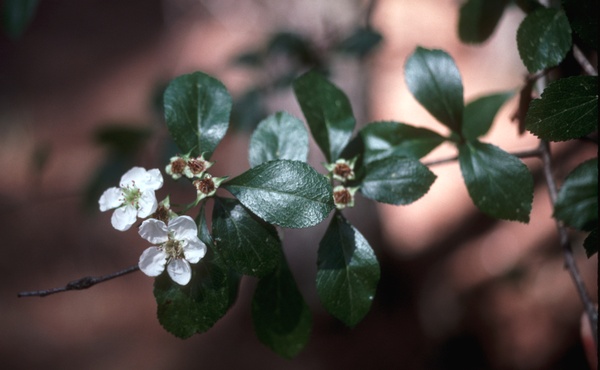 © Ron Lance | Original Image ⭷
© Ron Lance | Original Image ⭷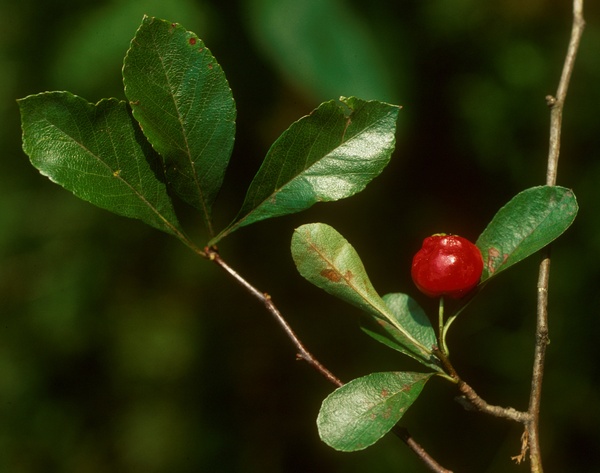 © Ron Lance | Original Image ⭷
© Ron Lance | Original Image ⭷ © Ron Lance | Original Image ⭷
© Ron Lance | Original Image ⭷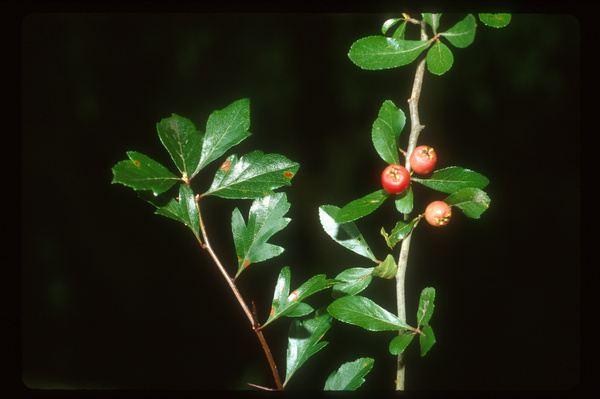 © Ron Lance | Original Image ⭷
© Ron Lance | Original Image ⭷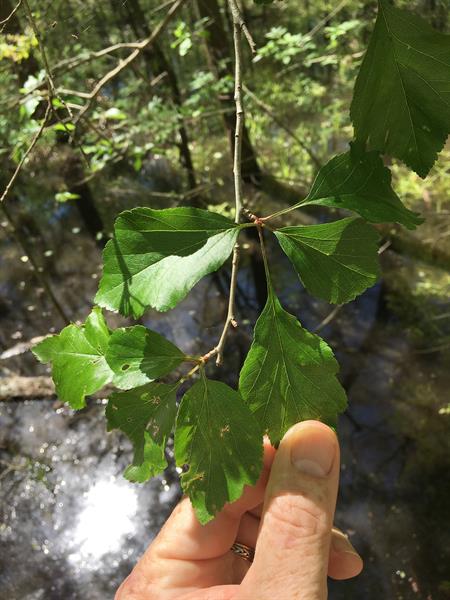 © Alan Weakley source | Original Image ⭷
© Alan Weakley source | Original Image ⭷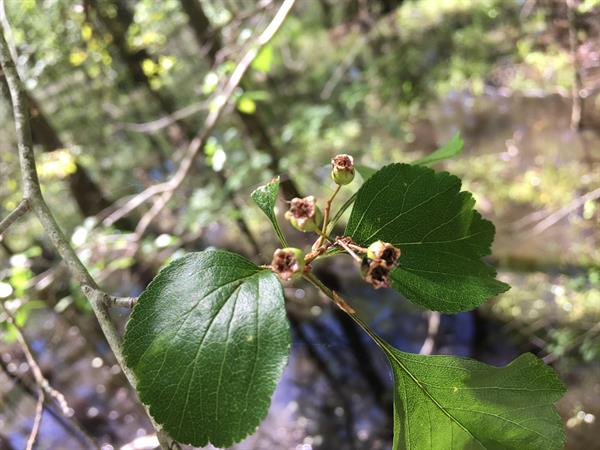 © Alan Weakley source | Original Image ⭷
© Alan Weakley source | Original Image ⭷Feedback
See something wrong or missing on about Crataegus aestivalis? Let us know here: (Please include your name and email if at all complicated so we can clarify if needed.)
Cite as...